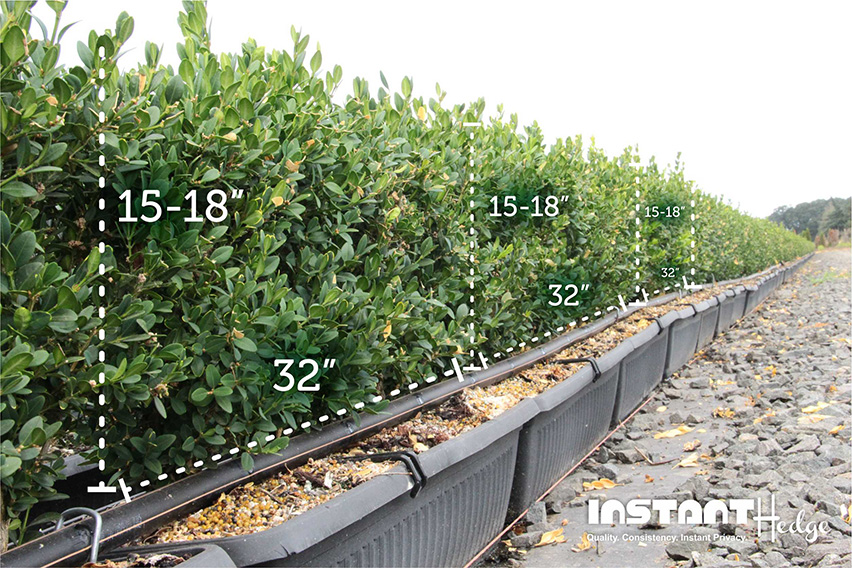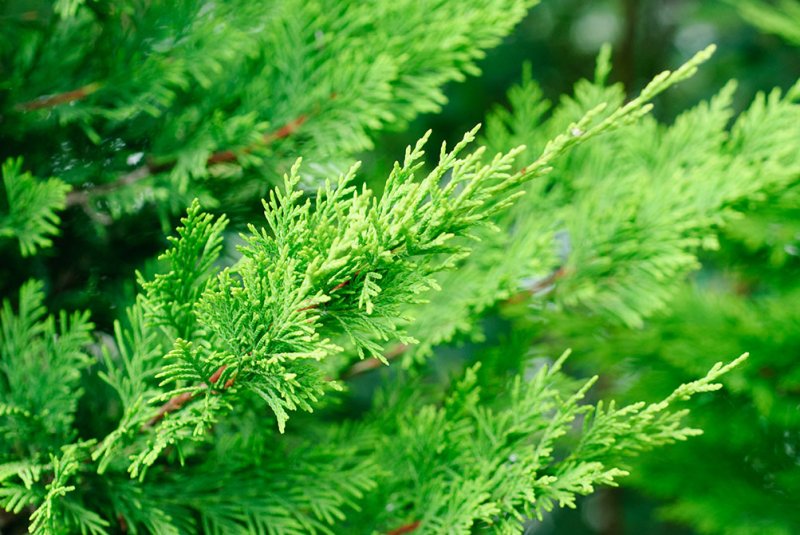Some Frequently Asked Questions on Privacy Hedges -
A fast growing hedge probably 15 to 20 feet high along 100 feet wall is preferable by most Americans. Best of privacy hedge means you can enjoy serenity, privacy, formal privacy wall and chirping sounds of birds. A lot of questions are asked about hedging plants. Let’s have a look on some FAQs about hedges-
I want to plant a narrow hedge here. What do you recommend?
Plant that performs well in small spaces are most preferred nowadays. Holly hedge is a great narrow hedge selection in small spaces. You can go for Blue maid holly and dragon lady hedge. Both the hedges offers good privacy and screening.

Evergreen Hedges - What do you know? Any advice?
Well, this is one of the most common questions. Hedges are available in two options across market. Evergreen and deciduous. Evergreen are the best for those who want year round leaf. Whereas deciduous hedge loses its leaves in fall/autumn. Arborvitae (Thuja occidentalis, Western red cedar, green giant giant), laurels (english and schip laurel) are some popular evergreen hedge varieties. Hornbeam, cornelian cherry european beech, Magnolia Stellata are deciduous hedge selections.
What hedging plants do not attract bees?
People love chirping sounds of birds until they eats edible fruits. European beech.boxwood hedges, arborvitae varieties do not attract bees. If you are looking for a hedge which attracts wildlife then arrowwood viburnum, cornelian cherry, royal star magnolia are great options to consider.
Is it okay to plant a Laurel or Leylandii Hedge in June/July?
The results are not satisfactory by planting laurels in june or july. The best time to plant laurel hedges (english laurel, schip laurel, portuguese laurel) is in early spring or late winter. Try planting Leylandii Cypress two months after july. September is the best time to plant leylandii.


Comments
Post a Comment